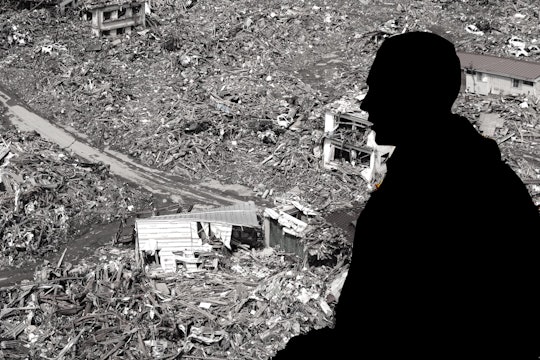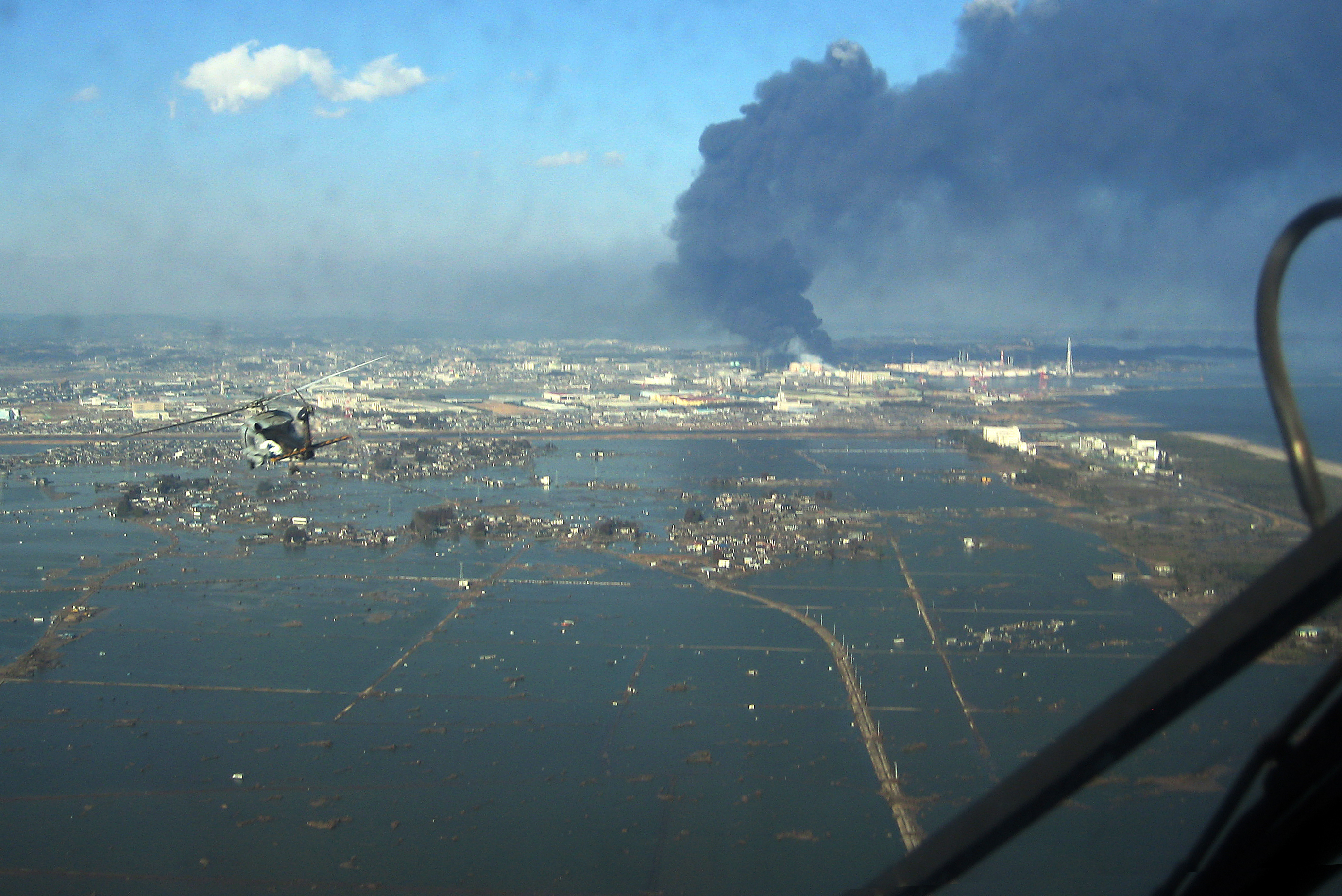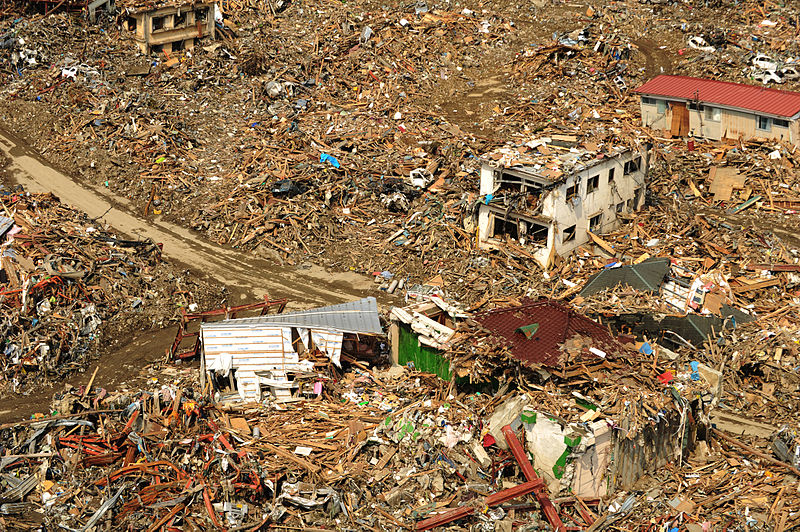
Natural disasters leave behind more than just physical damage
A study in Japan traces links between disasters and mental illness
On the Richter scale, a magnitude 15 earthquake would break Earth. However unlikely that is, the thought is an interesting one. Some seismologists think a magnitude of 10 represents the realistic upper limit.
The scale is logarithmic, meaning an earthquake of a magnitude 4 is 10 times stronger than magnitude 3. So when I remind you that the 2011 earthquake 70 kilometers off the east coast of Japan measured a 9.1 on the Richter scale, you’ll understand that was an extremely powerful event. In fact, it was fourth most powerful earthquake since 1900, when modern record-keeping began. The quake moved the mainland of Japan eight feet east and shifted the Earth’s axis by 10-25 cm.
That’s all without yet mentioning the devastating tsunami triggered by the earthquake. Waves reaching up to 40 meters hit the main island of Japan, traveling up to six miles inland. In total, 15,984 people lost their lives. Another 6,156 were injured, and 2,546 people are considered missing. A staggering amount of damage was done to infrastructure. Loss and damage was exacerbated by the level 7 nuclear disaster in Fukushima.
With all the damage, it's no wonder there have been long-term mental health ramifications. Victims of natural disasters are at a high risk of developing lasting mental health disorders. The problem is only going to worsen as severity of mega storms increase due to climate change. This has been seen in this year's Atlantic hurricane season and with the wildfires currently sweeping the West Coast. We appear to be on the brink of a mental health crisis.

Aftermath of the 2011 earthquake and tsunami in Tōhoku, Japan
Studying the changes in mental health status before and after a natural disaster can be tricky, as the "before" data rarely exists. Researchers took advantage of a thorough health status survey conducted by the Japan Gerontological Evaluation Study (JAGES) on elderly living in Iwanuma city, located 80 km west of the epicenter of the 2011 earthquake, seven months before the earthquake struck.
In a follow up study, Hiroyuki Hikichi, a social and behavioral scientist at Harvard, analyzed the risk factors of cognitive decline in this population of 65 and older of Iwanuma city. Understanding risk factors allows for better treatment, care, and potential prevention of mental illness following natural disasters.
Damage and dementia
Most people’s inclination would be that death of friends or family would be the greatest risk factor for cognitive decline. However, what the researchers noticed was that cognitive decline, and onset of dementia, was more strongly correlated to house loss or damage than any other factor. Housing damage was not based on individual’s perception but actually the assessment of two independent assessors of damage to each house.
A total of 3,566 individuals were surveyed for this study, whose demographics aligned well with that of elderly population of Iwanuma as a whole. Of these individuals, 58.9 percent reported personal damage to their property. In the follow-up survey, the number of individuals whose cognitive function was classified as "nonindependent" rose roughly threefold, from 4.1 percent to 11.5 percent. Damage being classified as "major" or "destroyed" had a significant correlation with with dementia symptomatology.

2011 Earthquake aftermath in Japan
Two possible mechanisms linking property damage to cognitive function are the onset of depression and disruption of social contacts. Intervention following housing damage by addressing problems of depression in the elderly and facilitating social interactions could be important steps in preventing cognitive decline and dementia symptoms.
This study is important to the field of psychology as it gives better insight into the health risks faced by older survivors of disasters. We’ve seen an increase in the severity of hurricanes and storms that will lead to the same outcomes of the 2011 tsunami in Japan. More and more people will become displaced, facing tough problems that will greatly impact their mental wellbeing. With information provided by this study, and others of its kind, communities may be able to do more to help stem the cognitive damage.
